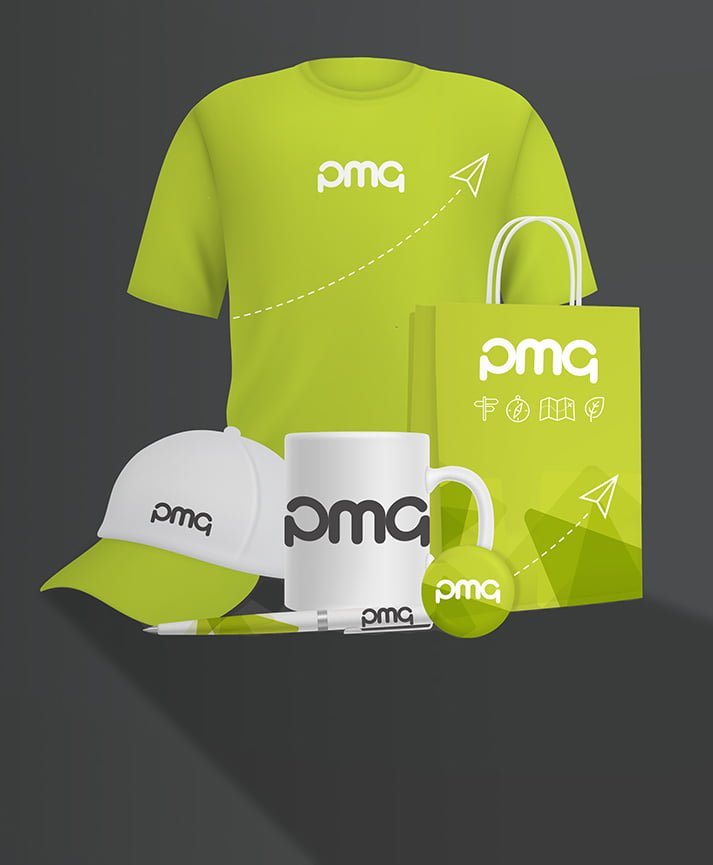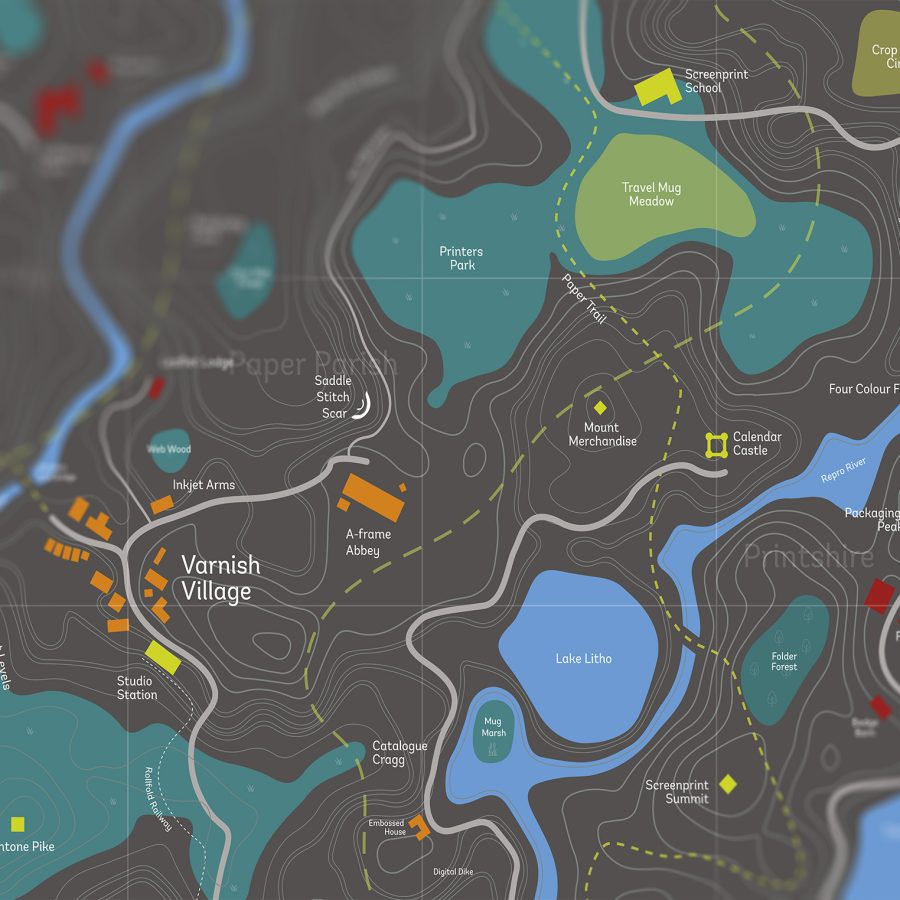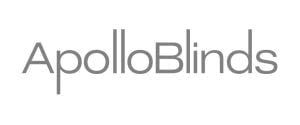
Clever print management isn’t just about securing the best deals on print materials – it’s about understanding how to make the most of your print projects and designs. Eye tracking is an innovative new technology providing insights into the consumer mind. It is a relatively new concept, analysing how users take in content via both digital and print media. The idea behind eye tracking is that when you know how people read a page, you can create print designs to that maximise the impact of the medium. We consider how people view print and digital channels differently, and how you can improve your print designs to boost their impact.
Print versus digital: the key differences
It is easy to assume that people read screens exactly the same as they do printed documents, but in fact this isn’t the case. In reality, digital users take in text content more readily than print audiences, while the scope of reading is different too. People viewing websites are likely to have a shallow but wide scope of the page as they scan through, while printed page readers take in a narrower, deeper field. This is why a lot of printed pages use a column layout, but websites have a simpler one-column set-up.
There is also considerable differentiation to the proportion of images viewed depending on layout, which alters for both digital and print formats. Colour plays an important role too. Even the way people’s eyes move around the page changes from print to digital, with digital users prioritising the top left corner and print readers favouring a more central position.
Layout for print publications
Understanding how a printed page is viewed will help with the finer points of content placement. Readers view a double-page spread as one entity, and will land on the right-hand page first before flicking across to the left for a more complete scan. This is why magazine articles will often have a full-page photo on the right-hand page, and the related feature on the left.
Images in print
Images play a very important role in any print layout, and ensuring they are used effectively will help you to get your message across in any print publication. Here are the key things to remember:
Faces: when using images of people, have them look at the content or product in the photo, rather than directly out at the reader. This encourages the eye to go from the face to the product, instead of just remaining on the face.
Know your audience: men and women view images differently. If you have a clear gender bias in your audience, tailor images to match. Men tend to look at torsos and hips, while women look predominantly at faces and hands. This is especially useful information if promoting a product, as it will influence where the product and/or text is placed in the advertisement. Closer to the popular areas will increase the view rate.
Colour: people view colour more positively and readily than black and white images – particularly if a relevant colour image is placed within the text, as opposed to positioned as a separate entity.
Content: readers will pay more attention to, and more readily recall, images on a page if they are related to the text content. This is particularly useful when coordinating advertisement placement in a publication, to maximise brand impact.
Placement: the print images most often viewed are located in the top third of the page, with images ‘below the fold’ receiving significantly less attention.
These insights into how people perceive print and digital content will enable you to adapt your publications accordingly, and act as a good reminder of why you should be developing separate content (or at least different layouts) for your print and digital channels. Be sure to contact a PMG team member today to make sure your print design efforts are rewarded with quality print solutions.
















































